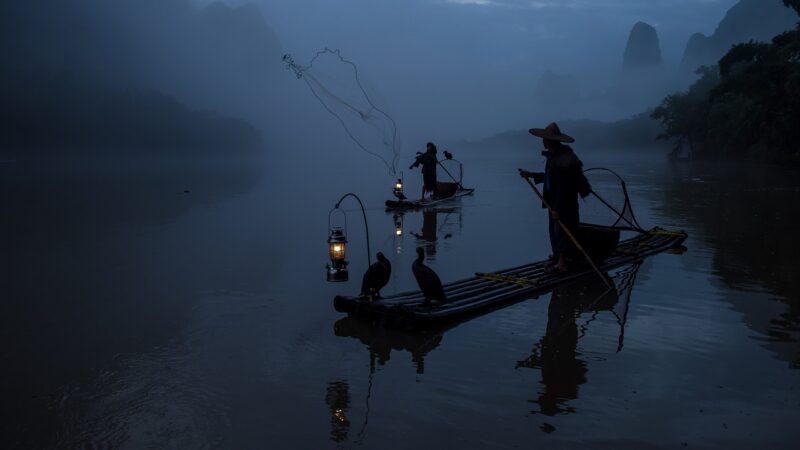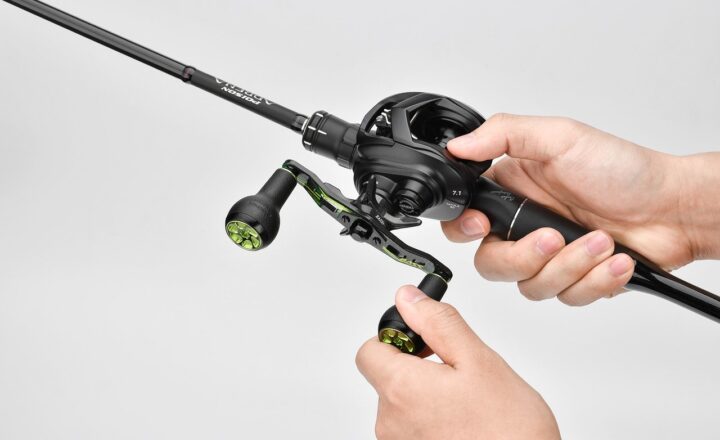Fishing the World’s Coldest Waters: How to Catch Fish in Freezing Conditions
November 11, 2024

Fishing in frigid waters presents a distinct set of challenges and opportunities that not all anglers are equipped to navigate. However, with the right techniques, gear, and mindset, you can successfully catch fish in some of the coldest environments on the planet. This guide will explore the methods and strategies necessary for fishing in sub-zero conditions, ensuring that you are prepared for an unforgettable angling experience.
1. Understanding Cold Water Fishing
Fishing in cold water can be vastly different than fishing in warmer climates. Fish behavior changes dramatically as temperatures drop, making it essential to understand how fish react in cold waters:
– Metabolism Slowdown: Fish are ectothermic, meaning their body temperature is regulated by their environment. In cold water, their metabolism slows down, which affects their feeding habits and energy levels.
– Depth Preference: Fish often retreat to deeper waters during extreme cold, seeking temperatures that are slightly warmer.
– Less Active Behavior: In cold conditions, fish generally become less active, requiring more precise techniques to entice bites.
Understanding these changes is fundamental in adapting your fishing strategy accordingly.
2. Essential Gear for Cold Water Fishing
Having the right gear is crucial when fishing in cold conditions. Here’s what you’ll need:
– Insulated Clothing: Layering is key. Invest in thermal base layers, waterproof jackets, and insulated gloves to keep warm and dry.
– Fishing Rod and Reel: Choose a rod that can handle heavier lures and larger fish species often found in colder waters. A reel with a smooth drag will help manage stronger fish more effectively.
– Winter-Specific Tackle: Opt for jigs and spoons that can be used to fish deeper. Small lures can mimic the subtle movements of baitfish in cold waters.
– Ice Fishing Supplies: If venturing onto frozen lakes, consider a portable ice shelter, ice auger for drilling holes, and appropriate bait for the species you target.
Having the right equipment not only increases your chances of success but also enhances your overall experience in the harsh conditions.
3. Choosing the Right Locations
The location can significantly impact your fishing success. Here are some prime spots to consider:
– Lakes and Ponds: Look for lakes that have a history of supporting fish populations even in winter. Pay attention to oxygen-rich areas like inlets and tributaries where fish often congregate.
– Rivers: Flowing water tends to stay warmer than stagnant water. Find slow-moving sections or deeper pools to increase your chances.
– Resorts and Warm Water Outflows: Places like power plants or hot springs can create warm pockets in cold lakes, attracting fish.
– Under Ice Structures: Look for fallen trees, rocks, and other structures under the ice, as these areas can provide quick shelter for fish.
Selecting the right location is critical, especially when fish are affected by temperature changes.
4. The Best Bait for Cold Water Fishing
When water temperatures drop, fish may lose interest in active feeding. However, using the right bait can make a significant difference:
– Live Bait: Worms, minnows, and other live baits can be effective. Their natural movement may entice cold fish to bite.
– Dead Bait: For species like trout or pike, using cut bait can be productive as fish will scavenge for an easy meal.
– Artificial Lures: Use slower-moving baits that mimic injured fish or invertebrates. Jigs tipped with soft plastics or spoons are excellent choices.
Experimenting with different types of bait until you discover what the fish are responding to promptly can significantly boost your success rate.
5. Techniques for Success in Cold Water
Fishing in freezing conditions requires a nuanced approach. Here are some techniques to enhance your effectiveness:
– Slow Down Your Presentation: Fish aren’t as aggressive in cold weather; slow down your lure retrieval rate to entice bites.
– Vertical Jigging: When ice fishing, drop your lure vertically into the water, allowing it to settle, which can bring fish in closer for inspection.
– Use a Fish Finder: If ice fishing on deep lakes, a fish finder can help you locate fish more accurately beneath the ice.
– Watch the Weather: Overcast days and light snowfall can create optimal fishing conditions, as fish are often more active in low-light conditions.
Applying these techniques can help you adapt to the challenging circumstances when fishing in cold waters.
6. Safety Considerations in Cold Weather Fishing
Safety must always be a priority when fishing in extreme conditions. Consider these guidelines:
– Dress Definitely: Ensure your clothing is suitable for frigid temperatures, with insulating and waterproof layers.
– Know Ice Safety: Always check ice thickness before venturing; at least four inches is often considered safe for walking alone.
– Never Fish Alone: It’s best to fish with companions in case of emergencies. Always have a communication plan.
– Wildlife Considerations: Be aware of any local wildlife regulations and potential dangers when fishing in remote areas.
Staying safe ensures not only your well-being but also allows you to enjoy your fishing experience without worries.
Conclusion
Fishing in the world’s coldest waters can be an incredibly rewarding experience, provided you approach it with the right knowledge and gear. Understanding the behavior of fish in cold conditions, having suitable equipment, choosing the right locations, and employing effective techniques are all essential components of successful cold water fishing.
Whether you’re ice fishing on a frozen lake or casting into a winter river, the serene beauty of cold landscapes combined with the thrill of fishing can create unforgettable memories. Grab your gear, prepare wisely, and get ready to enjoy fishing the world’s coldest waters this winter season!







